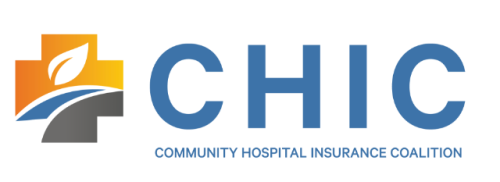Congress Extends Telehealth Relief for HDHPs
Upcoming ACA Reporting Deadlines
Attraction and Retention Trends and What They Mean
Congress Extends Telehealth Relief for HDHPs
The Consolidated Appropriations Act, 2023 (CAA) extends the ability of high deductible health plans (HDHPs) to provide benefits for telehealth or other remote care services before plan deductibles have been met without jeopardizing health savings account (HSA) eligibility. This extension applies for plan years beginning after Dec. 31, 2022, and before Jan. 1, 2025.
Background
In general, telehealth programs that provide free or reduced-cost medical benefits before the HDHP deductible is satisfied are disqualifying coverage for purposes of HSA eligibility. However, the Coronavirus Aid, Relief and Economic Security Act (CARES Act) allowed HDHPs to provide benefits for telehealth or other remote care services before plan deductibles were met, effective for plan years beginning before Jan. 1, 2022.
A spending bill extended this relief to telehealth services provided in months beginning after March 31, 2022, and before Jan. 1, 2023. The CAA further extends this first-dollar coverage for telehealth services to plan years beginning after Dec. 31, 2022, and before Jan. 1, 2025.
Impact of Extension
Due to this extension, HDHPs may choose to waive the deductible for any telehealth services for plan years beginning in 2023 and 2024 without causing participants to lose HSA eligibility. This provision is optional; HDHPs can continue to choose to apply any telehealth services toward the deductible. Note that there is a gap for non-calendar-year plans from Jan. 1, 2023 (when the spending bill’s extension expired), to the start of the 2023 plan year, during which this temporary relief for telehealth services does not apply.
Upcoming ACA Reporting Deadlines
Employers subject to Affordable Care Act (ACA) reporting under Internal Revenue Code Sections 6055 or 6056 should prepare to comply with upcoming reporting deadlines. For the 2022 calendar year, covered employers must:
- Furnish statements to individuals by March 2, 2023; and
- File returns with the IRS by Feb. 28, 2023 (or March 31, 2023, if filing electronically).
Penalties may apply if employers are subject to ACA reporting and fail to file returns and furnish statements by the applicable deadlines.
The following employers are subject to ACA reporting under Sections 6055 and 6056:
- Employers with self-insured health plans (Section 6055 reporting)
- Applicable large employers with either fully insured or self-insured health plans (Section 6056 reporting)
In addition, the IRS has finalized an alternative method for furnishing statements to individuals under Section 6055. Employers using this method must post a notice on their websites stating that individuals may receive a copy of their statement upon request. For 2022 statements, this notice must be posted by March 2, 2023, and generally remain posted through Oct. 17, 2023.



